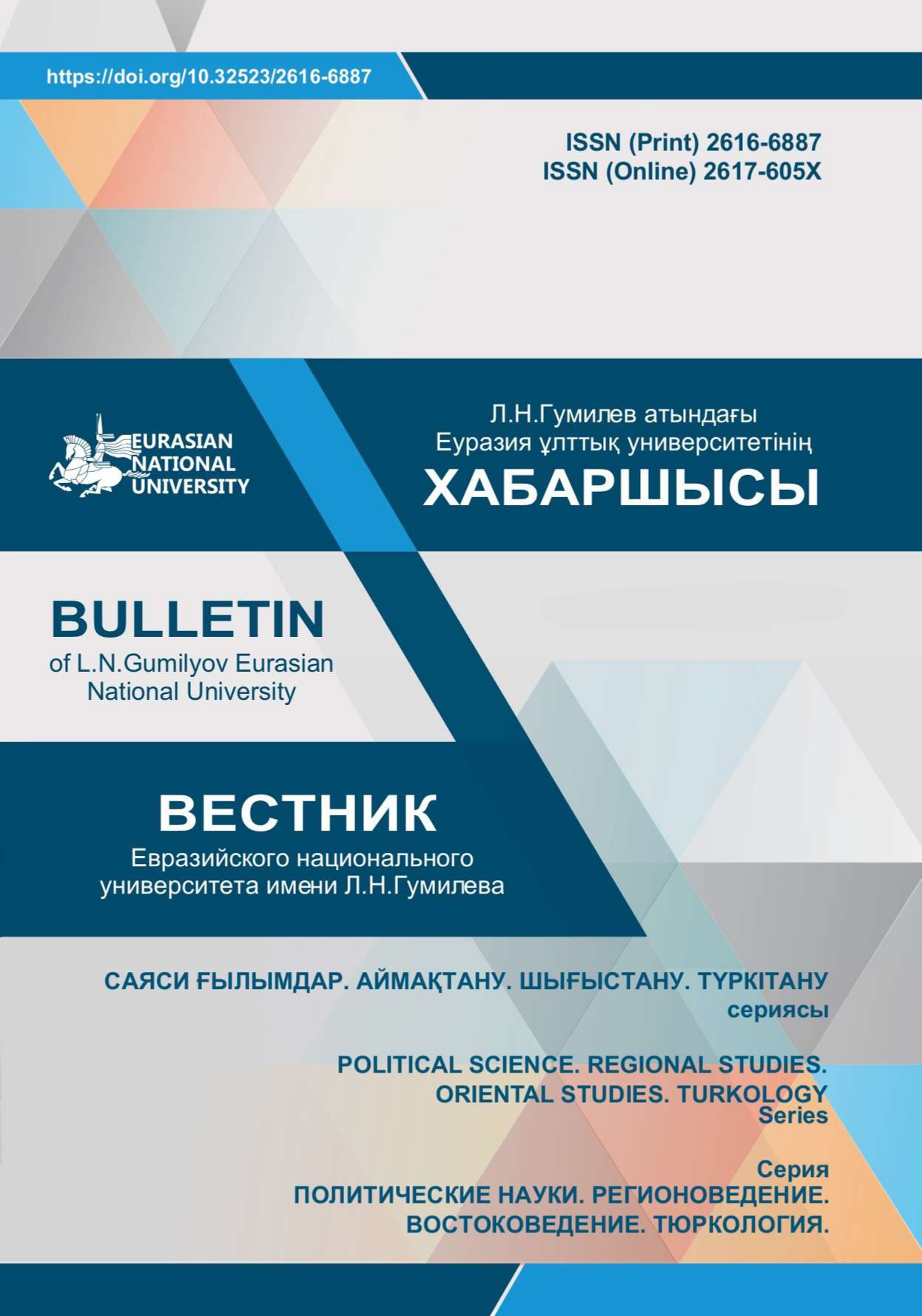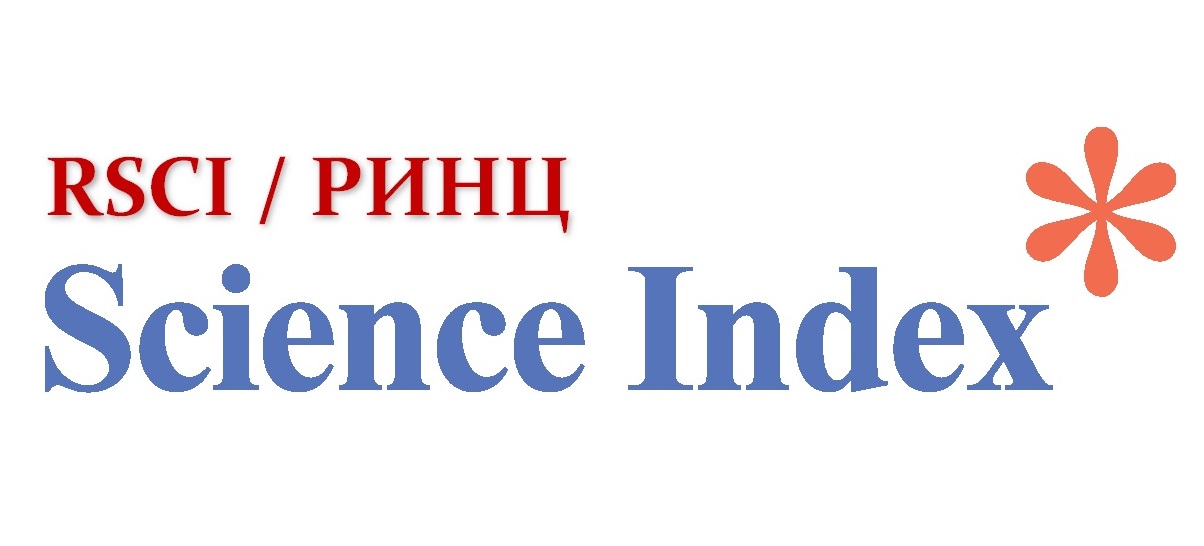Tripartitetourism trade cooperation through the belt and road initiative
Views: 74
Keywords:
Cultural and Economic Life, Caspian Sea, Cruises Industry,New Silk Road, Tourism Development, Travel Channel.Abstract
"Silk Road Economic Belt" and the "21st Century Maritime Silk Road"are part of China's multi-level, and complexnetwork to revive the ancient Silk Roadand reconnect countries alongwithitand others.Today, the tourism industry plays a prominent role toimprovethe economic growthand welfare of countries andit has an outstanding impact on global transformation, integration,and cultural reforms. BRI is not just a transport network but also contains cultural, and politicalaspects and emphasis on friendship, peace, cooperation, and mutual understanding and benefit. Chinaseriously perusestourism trade since 2015 under the BRIby offering “the Building of an Integrated Tourism Market along the Silk Road”. Chinaand Iran two ancient Asian countrieswith extremely numerous historical and cultural treasuresin their hearts, along withthe newlyindependent Republic of Kazakhstan -with economic and security advantages-, can implement large-scale economic-culturalprograms in the framework of the BRIproject, in the termof Tourism Industry. This article aimstoexamine Tripartite Tourism Trade Cooperationbetween Iran, Kazakhstan, and Chinathrough the Belt and Road Initiative,Despite all economic and political constraints, enormous sanctionsagainst Iran.More specifically Iran, along with Kazakhstan, couldovercomea bunchof these substantial problems and expand their cooperation in the shadow of BRI, with the support of China.
Published
How to Cite
Issue
Section
License

This work is licensed under a Creative Commons Attribution-NonCommercial-NoDerivatives 4.0 International License.






